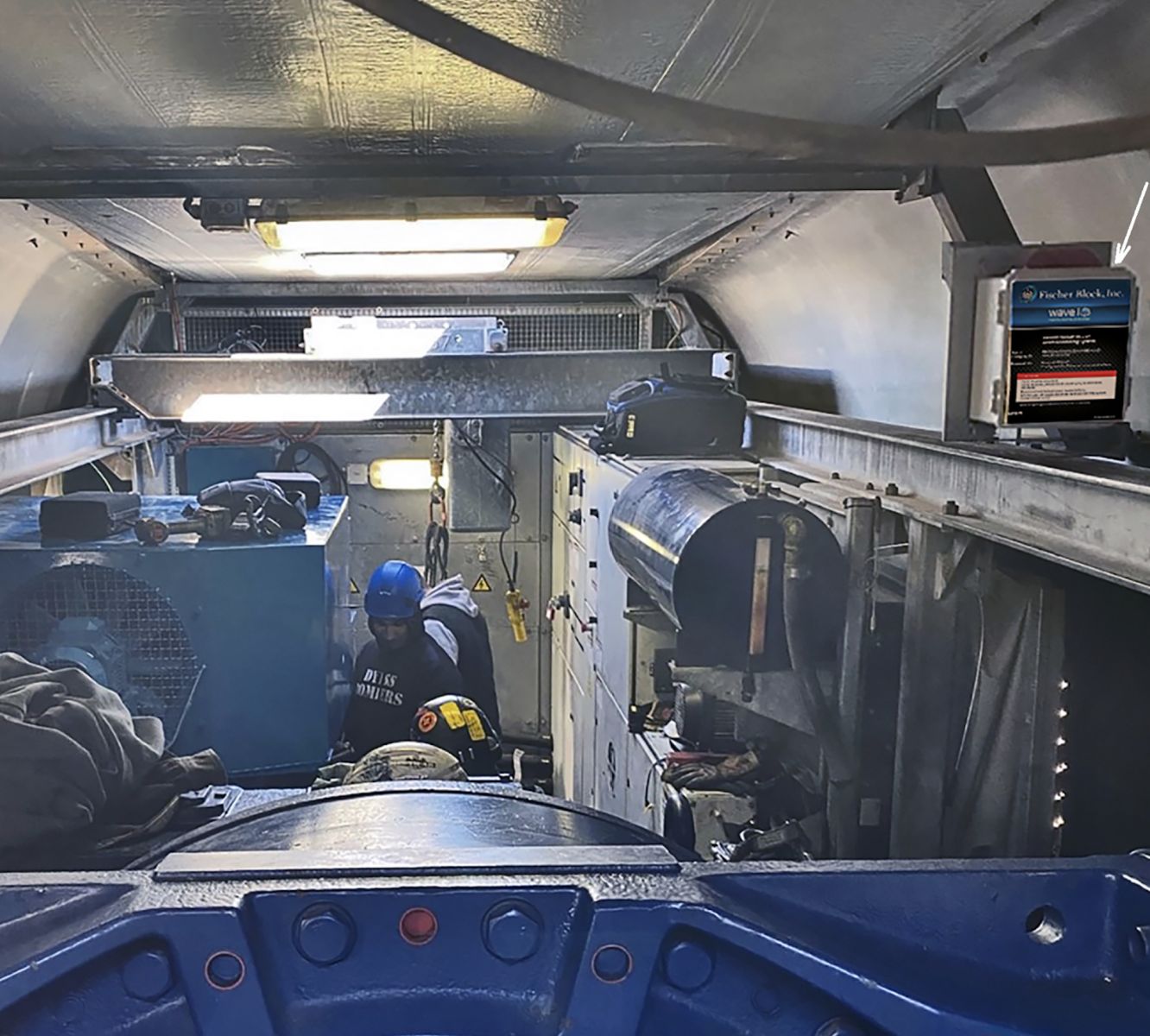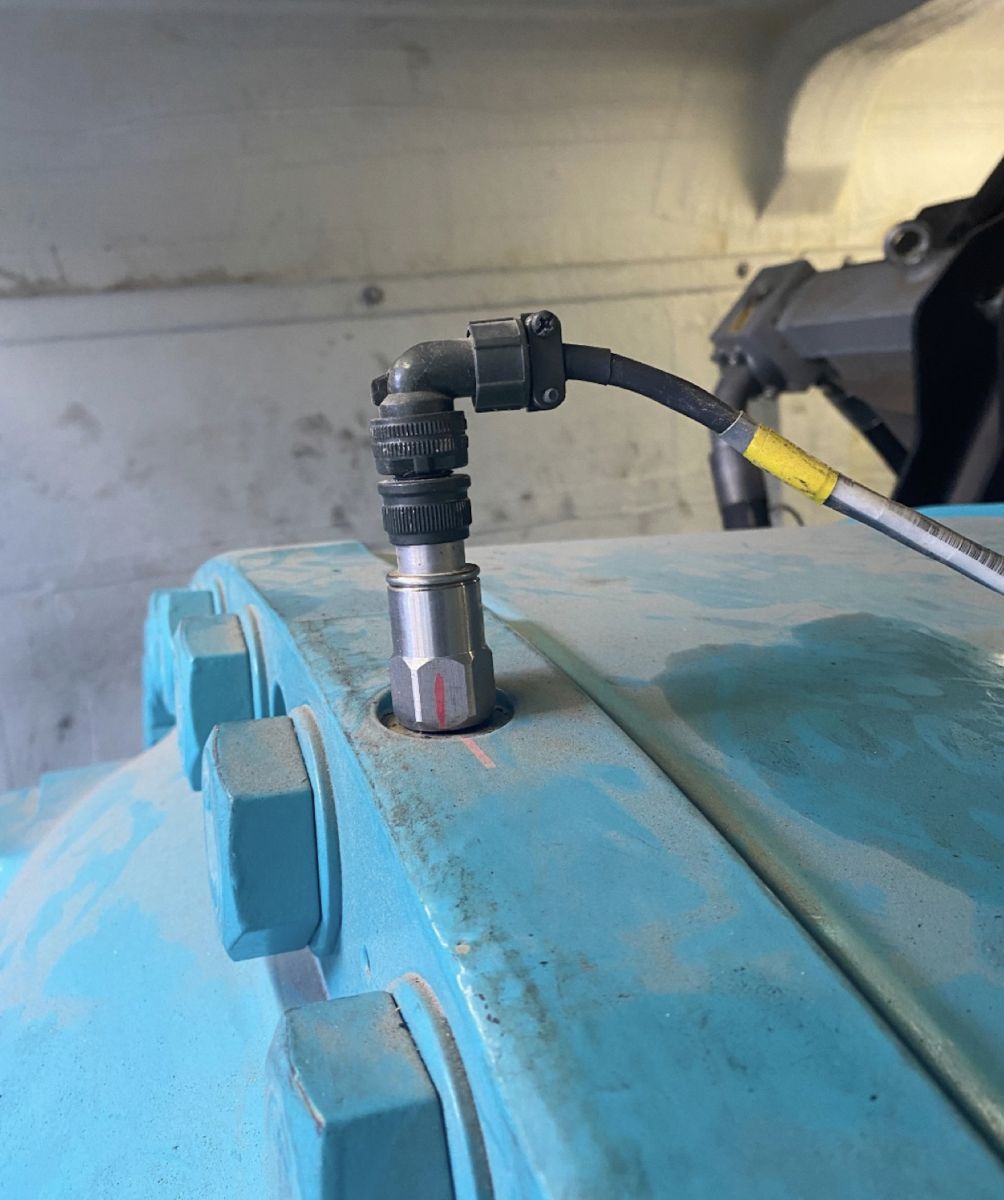Maximizing Turbine Health; The synergy of electrical signature analysis and vibration monitoring
In the modern industrial landscape, the smooth functioning of assets is critical for operational efficiency and cost-effectiveness. Unplanned downtime due to asset failures can result in significant financial losses and production setbacks. Therefore, proactive maintenance strategies that predict asset health and prevent failures are paramount.
One powerful technique gaining widespread recognition in this regard is Electrical Signature Analysis (ESA). This article explores the benefits of ESA, and how its synergy with Vibration Monitoring can improve asset health assessments to help ensure reliable operations.
Understanding Electrical Signature Analysis (ESA)
Electrical Signature Analysis involves monitoring the electrical current and voltage waveforms of rotating machinery. It is based on the principle that different faults in machinery generate unique electrical signatures. By analyzing these signatures, maintenance teams can detect early signs of degradation such as imbalances, misalignments, and mechanical wear, enabling timely intervention.
Early fault detection: ESA can identify faults at their incipient stages, allowing maintenance personnel to address issues before they escalate into critical failures. This proactive approach reduces unscheduled downtime and enhances asset reliability.
Non-intrusive: ESA is a non-intrusive technique, meaning it does not require physical contact with the asset being monitored. This aspect simplifies data collection and eliminates the need for equipment shutdowns during the monitoring process.
Cost-effectiveness: By detecting impending failures early, ESA helps organizations optimize maintenance schedules and avoid costly emergency repairs. This results in significant cost savings over time.
Understanding Vibration Monitoring
Vibration Monitoring is a technique that measures the mechanical vibrations of machinery and equipment. These vibrations can indicate mechanical faults like misalignments, unbalanced components, and bearing defects, which are common causes of asset degradation.
Real-time monitoring: Vibration Monitoring systems can provide real-time data, allowing maintenance teams to react promptly to abnormal vibrations and prevent further damage or potential failures.
Long-term health trend analysis: By continuously monitoring vibrations over time, maintenance professionals can analyze trends and identify patterns indicative of gradual degradation, enabling proactive maintenance planning.

Figure 1. Asset Health Monitoring System (shown at top right) installed in Wind Turbine Nacelle
Benefits of ESA
While both ESA and Vibration Monitoring are valuable asset health assessment techniques, ESA is becoming widely adopted as the preferred monitoring solution for a growing number of critical asset health related situations:
Comprehensive early fault detection: ESA can identify a broad range of issues, including electrical and mechanical faults, at their early stages, whereas Vibration Monitoring primarily focuses on mechanical anomalies. ESA captures electrical imbalances, rotor defects, and insulation issues, providing a comprehensive picture of asset health.
Non-dependence on RPM: Vibration Monitoring relies heavily on knowing the asset's rotational speed (RPM) to interpret vibration data accurately. However, in situations where RPM data is unavailable or unreliable, ESA remains unaffected and continues to provide meaningful insights.
Inherent sensitivity to electrical issues: ESA is specifically designed to detect electrical anomalies such as winding faults and insulation deterioration, which are not directly measurable by Vibration Monitoring. Identifying these electrical issues is crucial for preventing failures and ensuring the longevity of electrical assets.
Detecting inductive heating: ESA can detect inductive heating caused by imbalanced electrical loads or mechanical issues, which can lead to premature asset degradation.
Potential cost savings: ESA's ability to detect electrical imbalances and anomalies can lead to significant cost savings by optimizing power consumption and reducing unnecessary wear and tear on mechanical components.
Leveraging your existing Vibration Monitoring investment
Implementing ESA on assets in which Vibration Monitoring is already carried out can provide even greater benefits:
Enhanced fault diagnosis: Combining ESA and Vibration Monitoring provides a more profound insight into asset health. For instance, while ESA may identify electrical imbalances in a motor, Vibration Monitoring can reveal misalignment issues, enabling more accurate fault diagnosis.
Reduced false alarms: Integrating data from both techniques minimizes the likelihood of false alarms, as cross-validation helps filter out noise and confirms fault conditions.
Early warning system: The integration creates an early warning system that alerts maintenance teams to potential issues well in advance. This proactive approach mitigates the risk of critical failures, safeguarding operational continuity.
Condition-based maintenance: ESA and Vibration Monitoring data can be fed into predictive maintenance systems, facilitating condition-based maintenance schedules. This shift from reactive to proactive maintenance optimizes resource allocation and reduces operational disruptions.

Figure 2. Existing Vibration Sensor, installed on Wind Turbine Generator. Can be used to validate results of ESA asset health assessments.
Real-world success stories
Numerous industries have already embraced the power of integrating ESA and Vibration Monitoring, experiencing remarkable benefits:
- Power Generation, including wind generation, have significantly reduced downtime by integrating these techniques, ensuring continuous electricity supply to consumers.
- Manufacturing: Manufacturing facilities have reported increased asset reliability and reduced maintenance costs, leading to improved productivity and profitability.
- Transportation: Integrating ESA and Vibration Monitoring in the transportation sector has increased the lifespan of critical assets such as trains and airplanes, ensuring passenger safety and operational efficiency.
The combination of Electrical Signature Analysis and Vibration Monitoring is a potent strategy for validating asset health and optimizing maintenance practices. The synergy of these two techniques empowers maintenance teams to detect faults early, reduce downtime, and enhance asset reliability. Embracing this integrated approach can position organizations for sustained success in today's competitive industrial landscape. By investing in predictive maintenance technologies like ESA and Vibration Monitoring, companies can pave the way for a more efficient, cost-effective, and reliable future.
Gregory R. Wolfe is President and CEO of Fischer Block, Inc., which uses AI to maximize asset performance through neural network learning.
Fischer Block | fischerblock.com
Author: Gregory R. Wolfe
Volume: 2023 September/October









